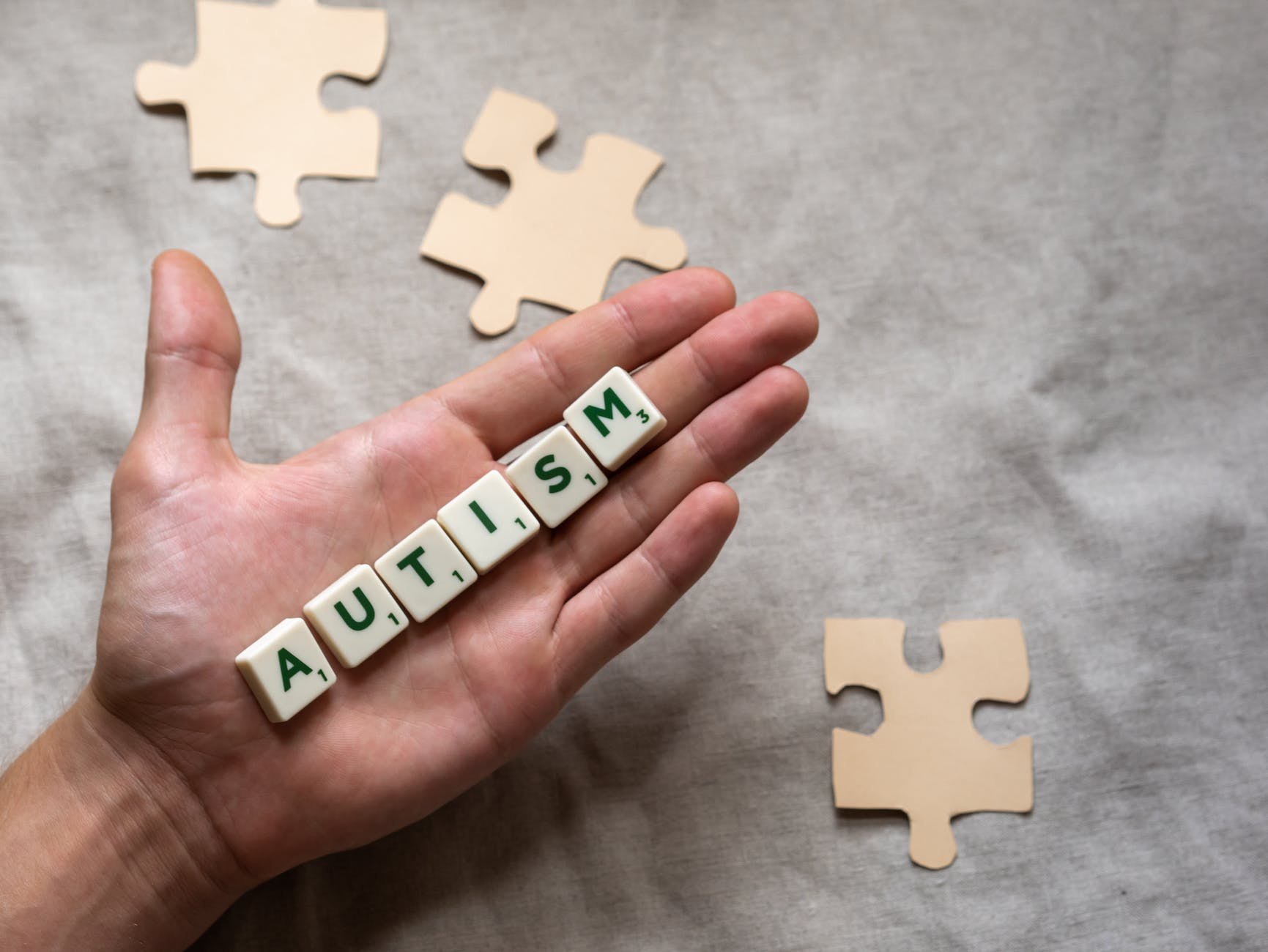Disorder-
Table of Contents
When discussing conditions that affect a person’s physical or mental well-being, the term “disorder” is often used. Often, symptoms start gradually and can affect daily activities before becoming noticeable.
As per the Oxford English Dictionary, illness means a condition that disturbs the normal physical or mental functions of a person.
Types of Disorder-
The disorder may be mental, physical, or physiological. Common types of disorders are the following-
- Attention-Deficit/Hyperactivity Disorder (ADHD)
- Sensory Processing Disorder (SPD)
- Autism Spectrum Disorder (ASD)
- Oppositional Defiant Disorder (ODD)
- Obsessive-Compulsive Disorder (OCD)
Attention-Deficit/Hyperactivity Disorder (ADHD)-ADHD is a disorder that can make it hard for individuals to pay attention and control impulsive behaviors.. They are restless almost active always. It is not a childhood disorder although the symptoms of ADHD begin in childhood and continue through adolescence and adulthood. It is a brain disorder marked by a pattern of inattention and hyperactivity.
A child with ADHD has the following behavioral issues-
- Does not play quietly.
- They continuously moved here and there about even asked to sit.
- Forgets to carry out daily chores.
- Talks too much
- Makes silly mistakes.
Adults with ADHD have the following behavioral issues-
- They are asked many times to get a response.
- Difficulty in remembering information and names at work as well as social events.
- Easily distracted by noise and activity.
- Losing important belongings like purses and keys.
- Inattentive vehicle riding.
- Difficulty in setting a priority for tasks and events.
- Time management is inferior such as reaching late everywhere etc.
Causes of ADHD-
- Genes- ADHD runs in families.
- To engage in alcohol or drug use during pregnancy.
- Exposure to environmental factors should also be minimized.
- Low birth weight.
- Brain injuries during birth or thereafter.
- Diet- Lack of a balanced diet is directly connected to ADHD.
Sensory Processing Disorder (SPD)- Individuals with Sensory Processing Disorder, also called Sensory Integration Dysfunction, experience challenges with receiving and processing sensory information in the brain. It is a neurological disorder in which the sensory information individuals perceive results in abnormal responses.
Symptoms of SPD-
- Poor posture control or strength.
- Poor equilibrium and balance.
- Difficulty isolating head-eye movements.
- Poor tracking of visual stimulus.
- Discomfort climbing or fear of heights.
- Avoiding weight bearing of upper extremities.
- Tires easily.
- Uncoordinated movements.
Causes of SPD –
- Genetic factors
- Environmental factors
Treatment- Treatment of this disorder includes occupational therapy and lifestyle changes. In occupational therapy, we use jumping on the trampoline and rolling on a big ball, etc. that help to concentrate on that particular event.
Autism Spectrum Disorder (ASD) – ASD is a developmental disorder that affects the behavior and communication of a person. Autism can be diagnosed at any age and it can be called developmental disorder. Autism Spectrum Disorder is a condition in brain development and its impact on how a person perceives and socializes with others.
Causes of Autism Spectrum Disorder (ASD) –
- Genetic.
- Environmental.
- Brain Development.
Treatment- Treatment of this disorder is not very specific. Medication is used to control the symptoms. Behavioral therapy may be helpful at the initial stage to control ASD.
Oppositional Defiant Disorder (ODD) – It is a persistent behavioral pattern characteristic. ODD is caused by a combination of biological, psychological, and social factors.
Causes of ODD-
- Genetic.
- Environmental.
Treatment- Individual and family therapy can help in this type of disorder. Counseling may help to deal with the problem and anger control can help to decrease negative thoughts.
Obsessive-Compulsive Disorder (OCD) – It is defined as a mental disorder in which people have unwanted and repeated thoughts, ideas, feelings, etc. It is a common, chronic, and long-duration disorder in which a person has uncontrolled, recurring thoughts and behaviors. It affects people of all ages.
Obsessive thoughts-
- Fear germs or getting dirty
- Worry about hurting yourself or others.
- The belief that certain colors or numbers are good or bad.
- They need things to be placed in exact orders.
- By practicing mindfulness, you can focus on your bodily sensations such as blinking, breathing, and more.
Compulsive Habits-
- Washing hands many times.
- Doing tasks in a specific order every time.
- Checking door lock, and light switch again and again.
- Putting items in specific orders.
- Fear of touching doorknobs, shaking hands, using public toilets, etc.
- Always praying.
Causes of OCD-
- Biological.
- Genetic.
- Family history.
- Environmental.
- Stressful life.
- Other mental health disorders.
How to manage OCD?- OCD treatment may not result in a permanent cure but it can help to reduce the symptoms under control, and person normalize his daily life.

